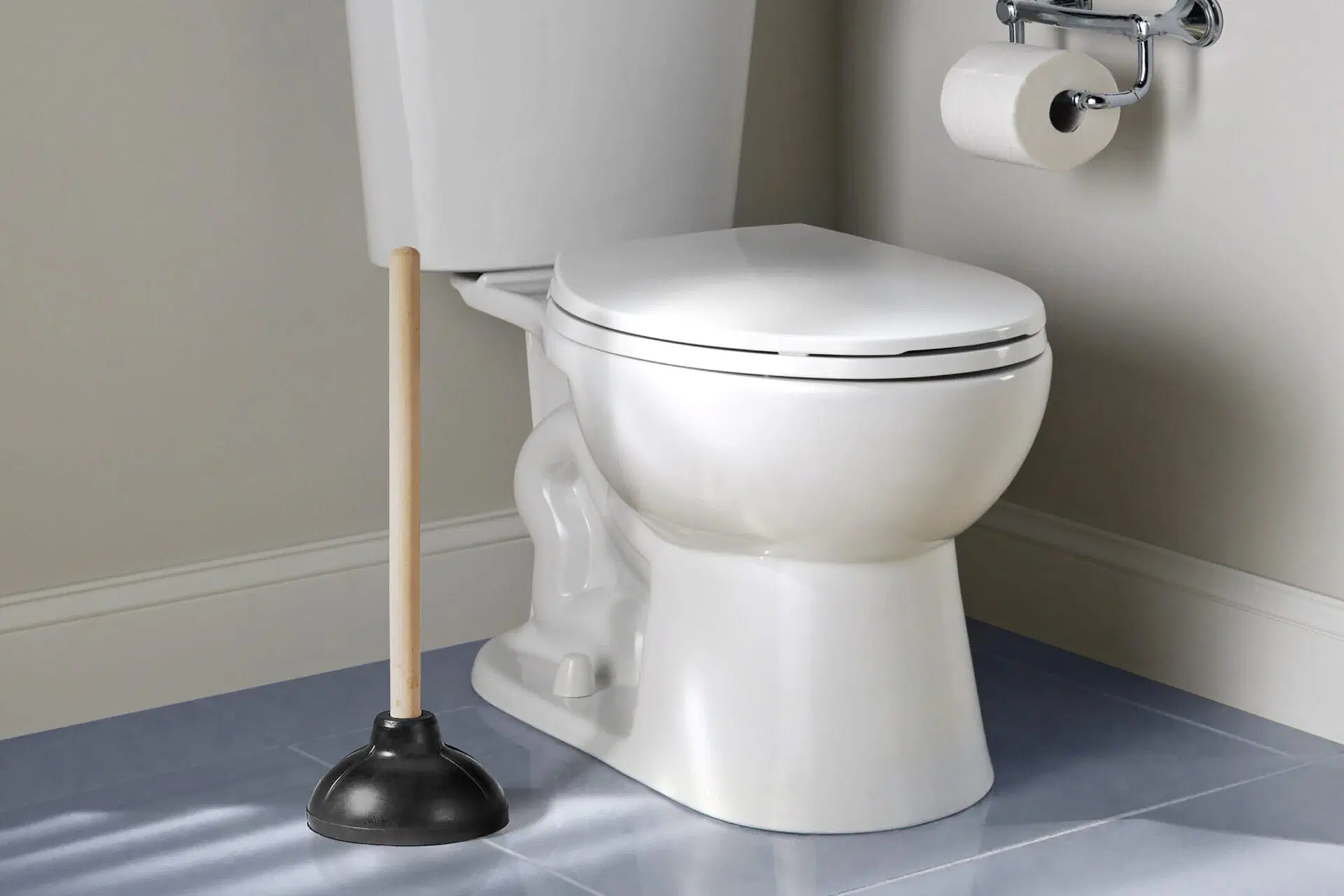A blocked toilet can happen without warning and turn into a stressful and messy situation. From bad smells to potential overflow, it is a problem you want fixed fast. The good news is that in many cases you can clear the blockage yourself with simple tools and household items.
At Oceanside Services, we have been helping Gold Coast homeowners with plumbing problems for over 25 years. Our plumbers have put together this step-by-step guide to show you how to unclog a toilet using safe and effective DIY methods. These tips are easy to follow and most use items you already have at home.
Before you begin, always wear gloves, protect the floor with towels, and never mix chemical cleaners. If you have tried two or three methods and the blockage remains, it is time to call a professional plumber.
Quick Reference Table: Methods and Best Uses
| Method | Difficulty | Best For |
|---|---|---|
| Plunger | Easy | Most blockages |
| Hot Water | Easy | Toilet paper or waste |
| Dish Soap | Easy | Greasy waste |
| Baking Soda & Vinegar | Easy | Soft organic clogs |
| Epsom Salt or Bath Bomb | Easy | Light clogs |
| Enzyme Cleaner | Medium | Organic blockages |
| DIY Drain Snake | Medium | Shallow clogs |
| Drano Bomb | Medium | Dissolving waste without harsh chemicals |
| Toilet Brush | Easy | Surface clogs |
| Plastic Bottle Pressure | Medium | Stubborn clogs |
| Wet/Dry Vacuum | Medium | Pulling out blockages |
| Rubber Gloves Method | Easy | Items near the drain opening |
| Toilet Auger | Medium | Deeper clogs |
1. Use a Plunger
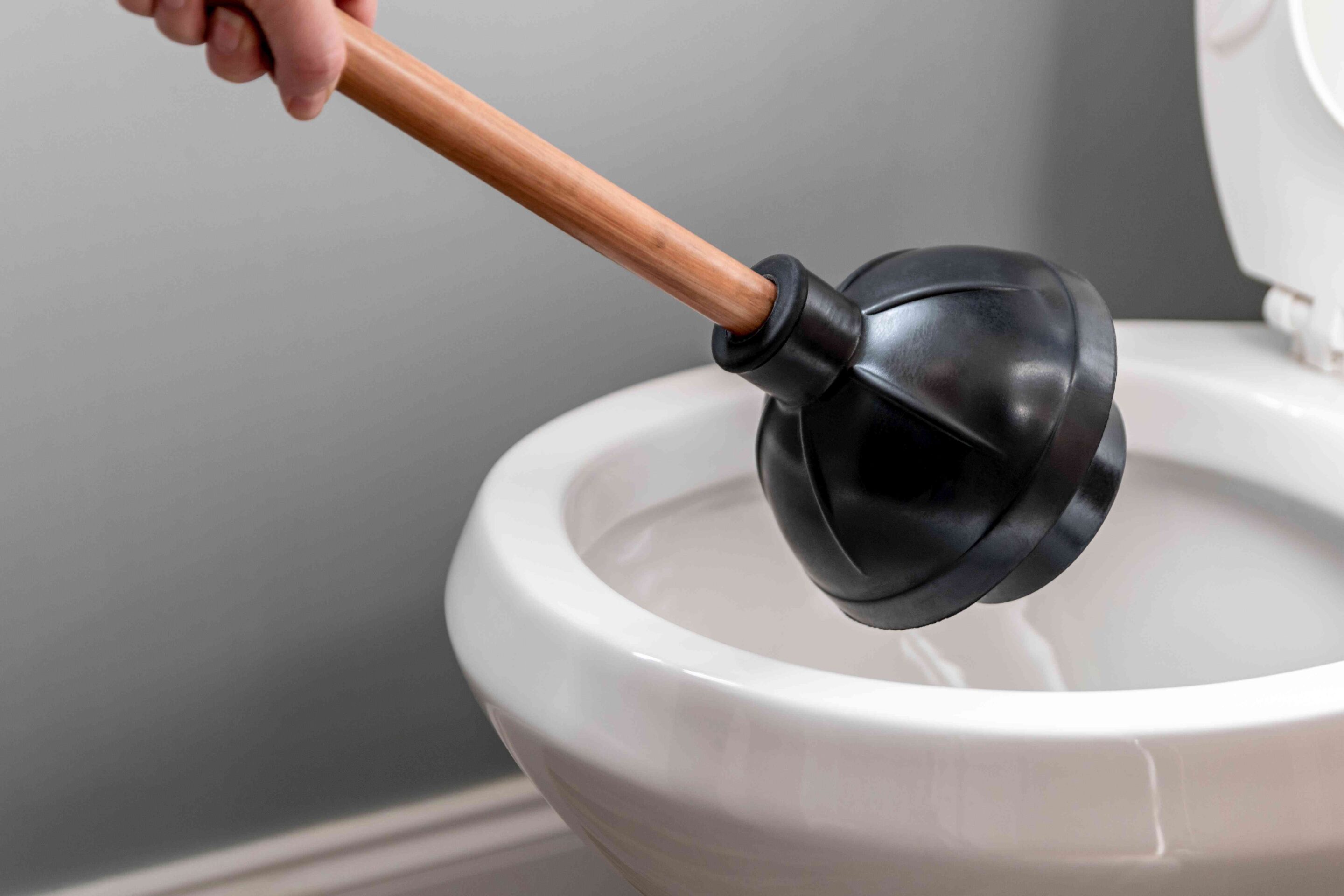
A flange-style plunger is your best first step for most toilet blockages.
Steps:
- Ensure there is enough water in the bowl to cover the plunger head. Add water if needed.
- Place the plunger over the drain hole and press down gently to seal.
- Pump up and down for 20 to 30 seconds.
- Remove the plunger to see if water drains. Repeat if needed.
Tip: Start plunging slowly to avoid splashing. Consistent pressure works better than force.
2. Pour Hot (Not Boiling) Water
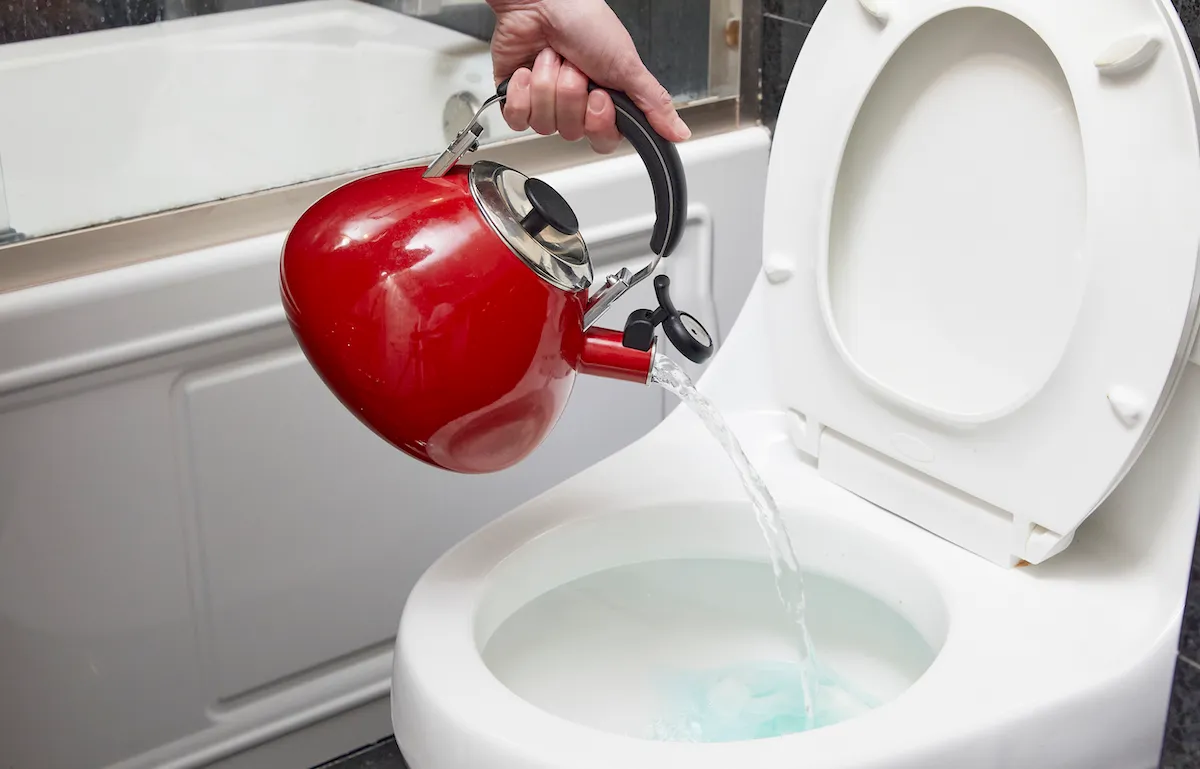
Hot water can soften and break apart waste or toilet paper.
Steps:
- Heat a bucket of water until hot but not boiling.
- Pour it into the toilet bowl from waist height.
- Wait 10 to 15 minutes to see if the water level drops.
- Try flushing once.
Tip: Combine this with dish soap for better results.
3. Add Dish Soap
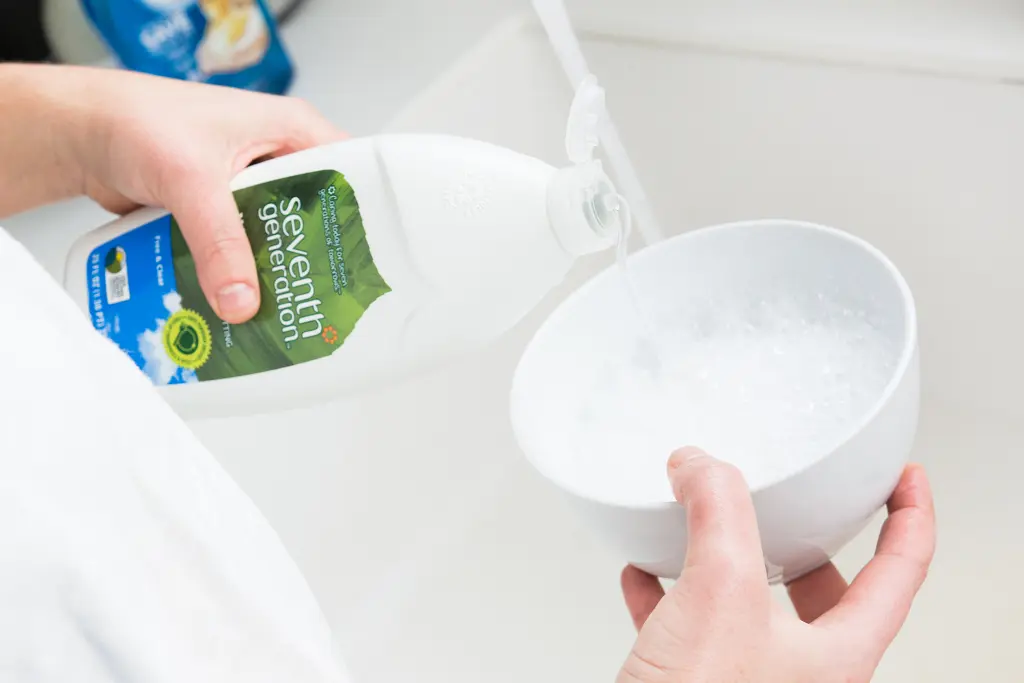
Dish soap helps lubricate pipes and break down greasy waste.
Steps:
- Pour half a cup of dish soap into the bowl.
- Wait 10 to 15 minutes.
- Follow with a bucket of hot water poured from waist height.
- Wait another 10 minutes and try flushing.
4. Use Baking Soda and Vinegar
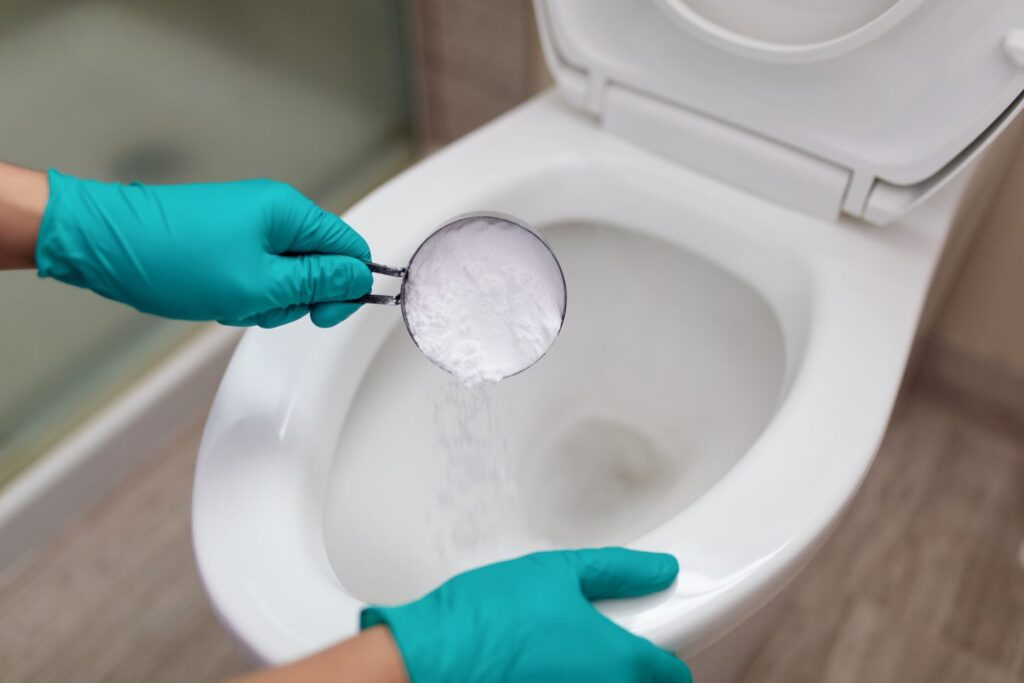
This method creates a fizzing reaction that helps break down clogs.
Steps:
- Add 1 cup baking soda to the bowl.
- Slowly pour in 2 cups vinegar.
- Let fizz for 30 minutes.
- Follow with hot water and flush after 10 minutes.
5. Drop in Epsom Salt or a Bath Bomb
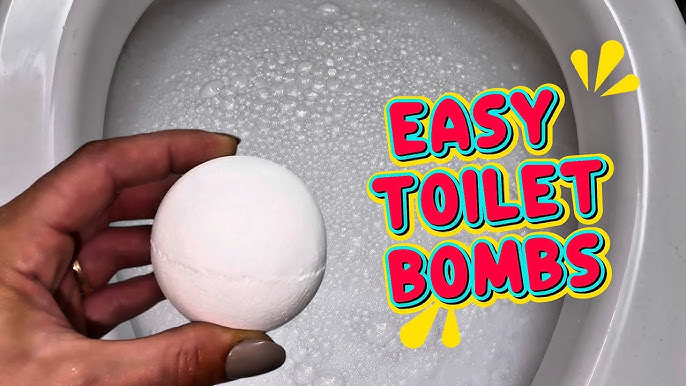
The fizz and heat can help loosen a clog.
Steps:
- Drop Epsom salt or a bath bomb into the bowl.
- Let sit for 15 to 30 minutes.
- Add hot water.
- Flush after 10 minutes.
6. Use an Enzyme Cleaner
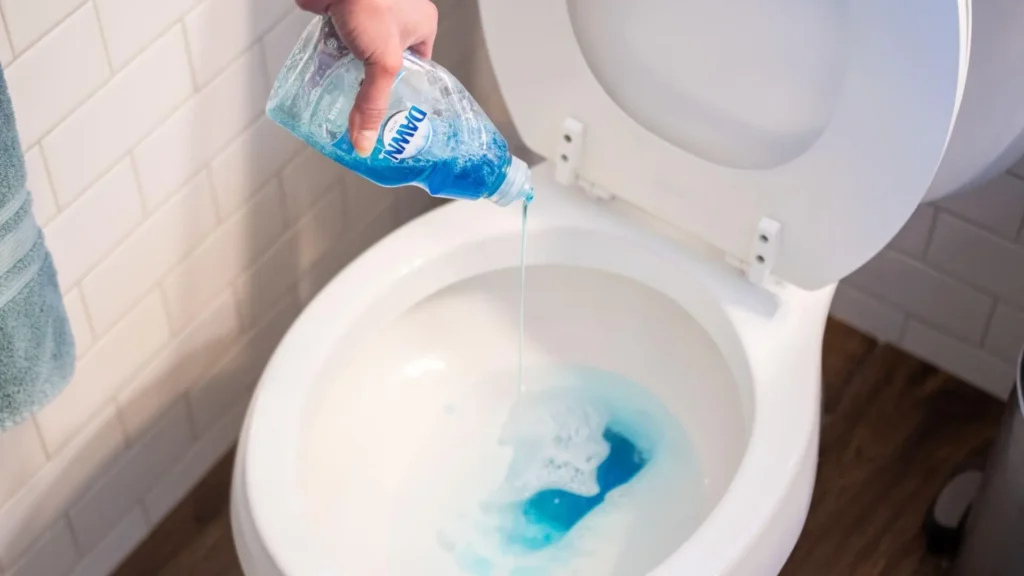
These break down organic waste safely.
Steps:
- Buy a toilet-safe enzyme cleaner.
- Pour the recommended amount into the bowl.
- Let sit for several hours or overnight.
- Flush once in the morning.
7. DIY Drain Snake
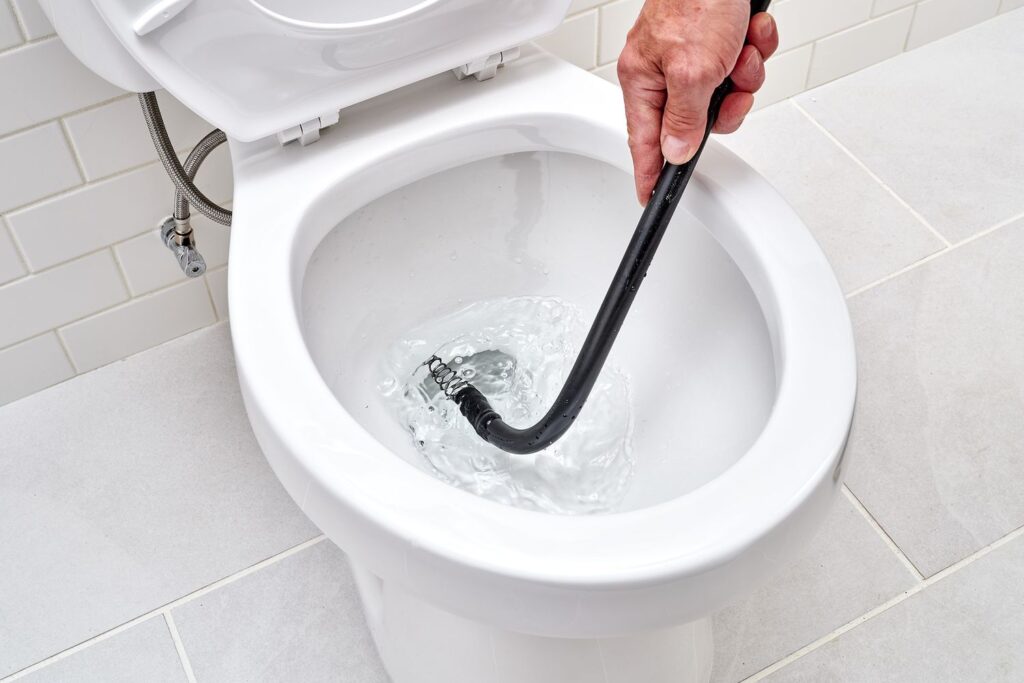
A basic version of a plumbing snake.
Steps:
- Unwind a wire coat hanger.
- Wrap one end in cloth and tape.
- Insert gently into the drain.
- Move it around to loosen the clog.
- Flush to check.
8. DIY Drano Bomb
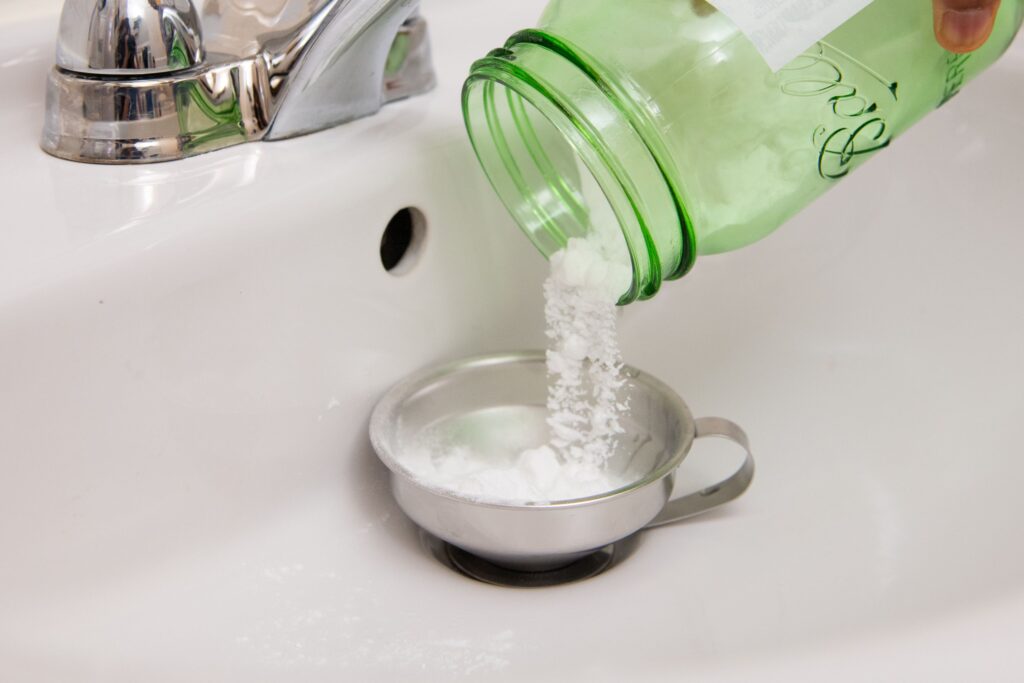
A homemade mixture to break down clogs.
Steps:
- Mix 2 cups baking soda, 8 tablespoons dish detergent, and ¼ cup Epsom salt.
- Let harden overnight in small portions.
- Drop one into the bowl.
- Add 4 cups warm water.
- Wait 30 minutes, then flush.
9. Use a Toilet Brush
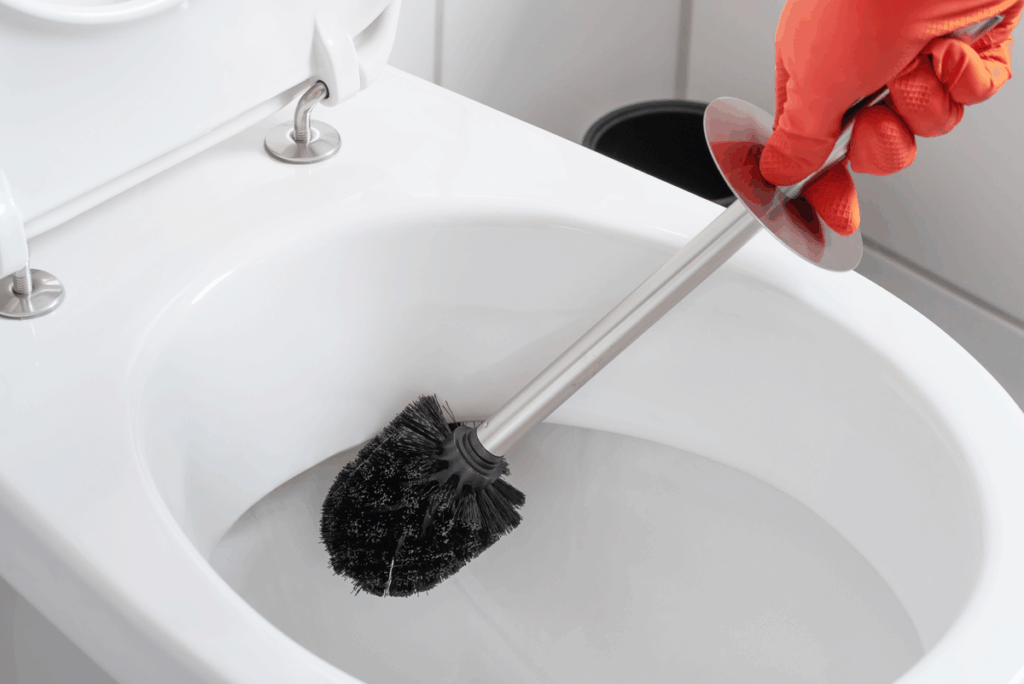
Good for clogs near the surface.
Steps:
- Angle the brush head into the drain.
- Push along the inner edge to dislodge waste.
- Flush to check.
10. Plastic Bottle Pressure
Forcing water pressure down the pipe.
Steps:
- Remove most of the water from the bowl.
- Fill a large plastic bottle with warm water.
- Place your thumb over the opening and insert into the drain.
- Remove your thumb and squeeze firmly.
- Flush once.
11. Wet/Dry Vacuum
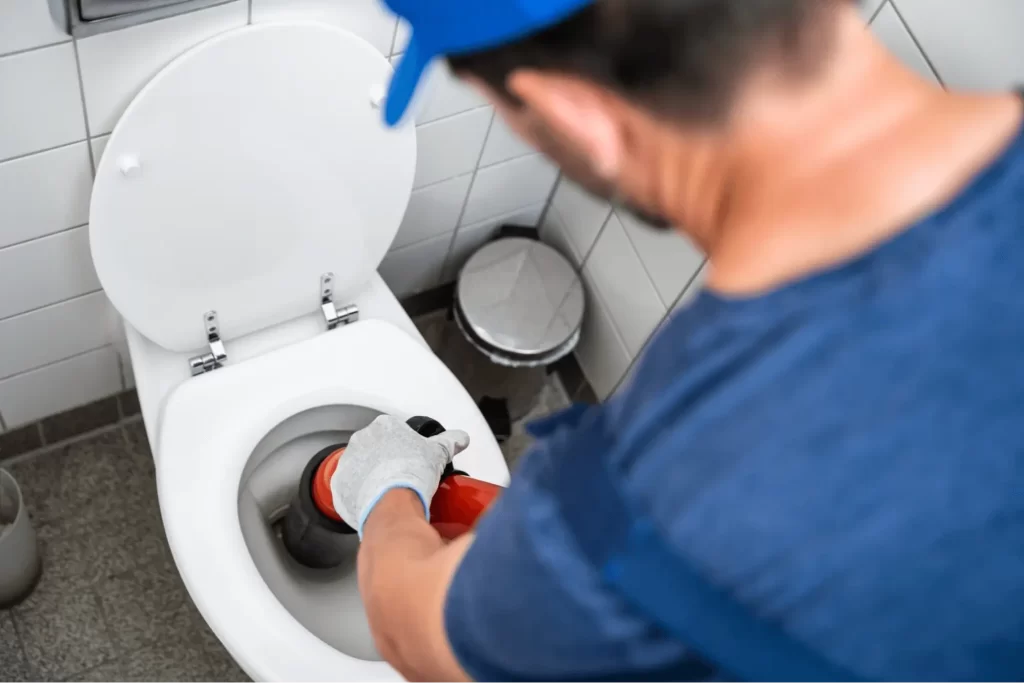
For sucking out the blockage.
Steps:
- Empty the bowl.
- Place the hose into the drain and seal with a towel.
- Turn on for 10 to 15 seconds.
- Check the tank for debris.
- Flush.
12. Rubber Gloves Method
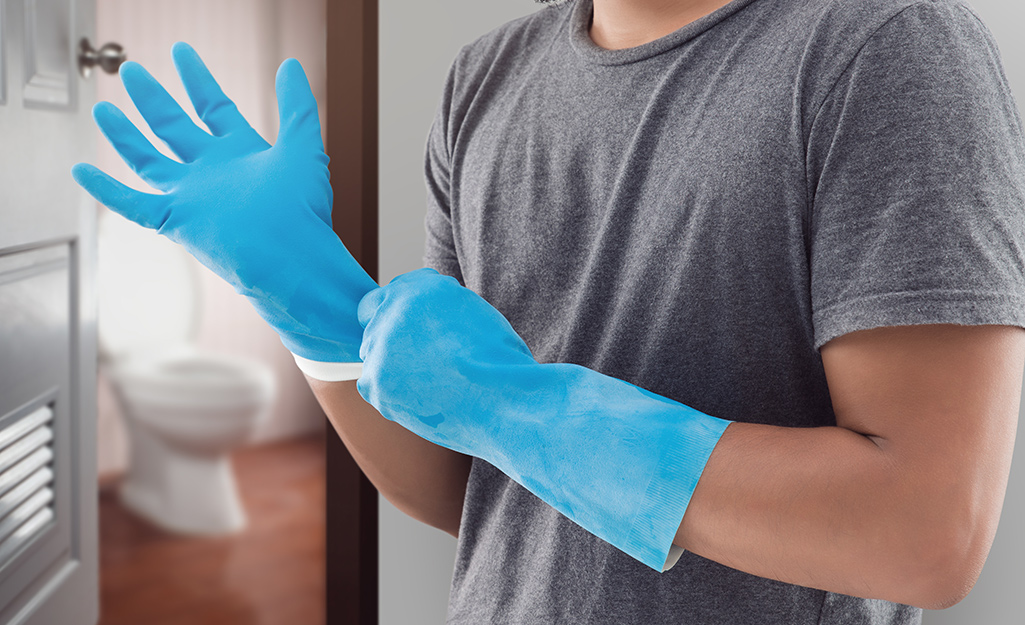
If the blockage is close to the surface.
Steps:
- Put on long rubber gloves.
- Reach into the drain to remove the object.
- Flush to check.
13. Use a Toilet Auger
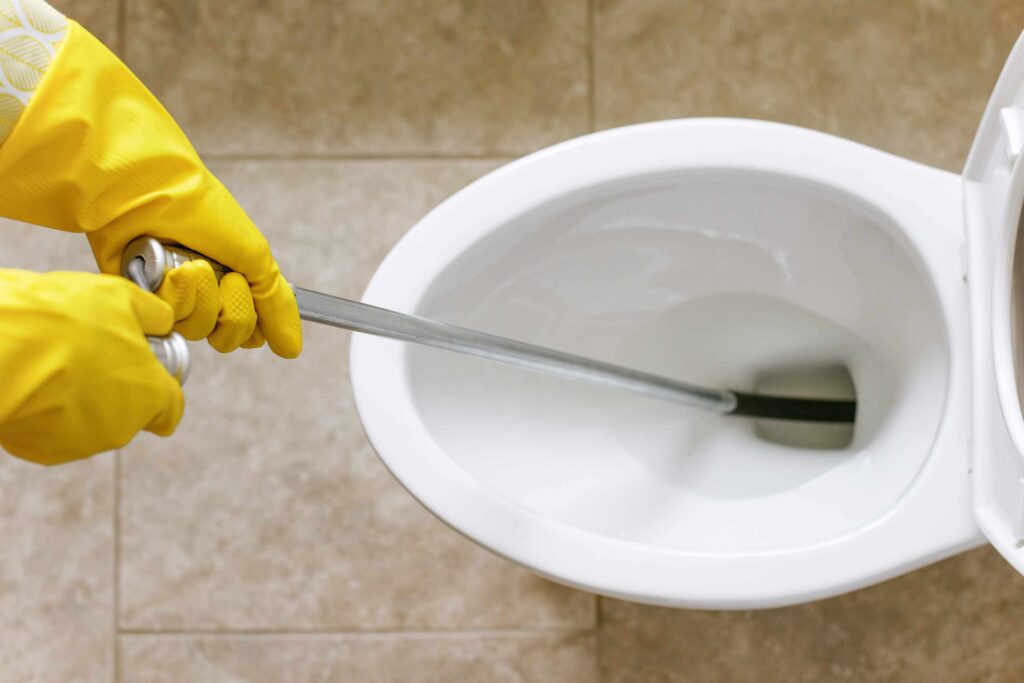
Best for deeper clogs.
Steps:
- Insert the auger into the drain until you feel resistance.
- Turn the handle clockwise to break up or grab the clog.
- Pull it out carefully.
- Flush to check.
Causes of a Blocked Toilet
- Flushing wipes, paper towels, or feminine hygiene products
- Excessive use of toilet paper
- Low-flow toilets with weak flushing power
- Clogged toilet trap or vent
- Waste buildup in pipes
- Tree roots in drains
- Cracked or broken pipes
- Septic tank issues
- Hard water mineral buildup
How to Prevent Future Blockages
- Only flush toilet paper and human waste
- Use less toilet paper or thinner ply
- Regularly check for slow flushing
- Schedule annual plumbing inspections
- Install a water softener if you have hard water
- Avoid pouring fats or oils down sinks
- Educate family members on proper flushing habits
- Trim trees near underground pipes
- Keep a plunger handy for early intervention
- Use enzyme cleaners monthly
Frequently Asked Questions
Is it safe to pour boiling water into a toilet?
No. Boiling water can crack porcelain. Always use hot but not boiling water.
Can Coke unclog a toilet?
It may help with light mineral buildup, but it is not effective for full clogs.
How long should I try before calling a plumber?
If two or three methods fail, call a professional to avoid damaging your pipes.
When to Call Oceanside Services
If your toilet remains blocked after trying these methods, the issue could be deeper in your plumbing system. The sooner you get help, the less likely you are to face water damage or costly repairs.
Our licensed plumbers are available across the Gold Coast, Tweed Heads, and Northern NSW. We offer fast, reliable, and friendly service.
Call Oceanside Services today on 07 5391 3580 or enquire online.



 5 Star Service
5 Star Service 




